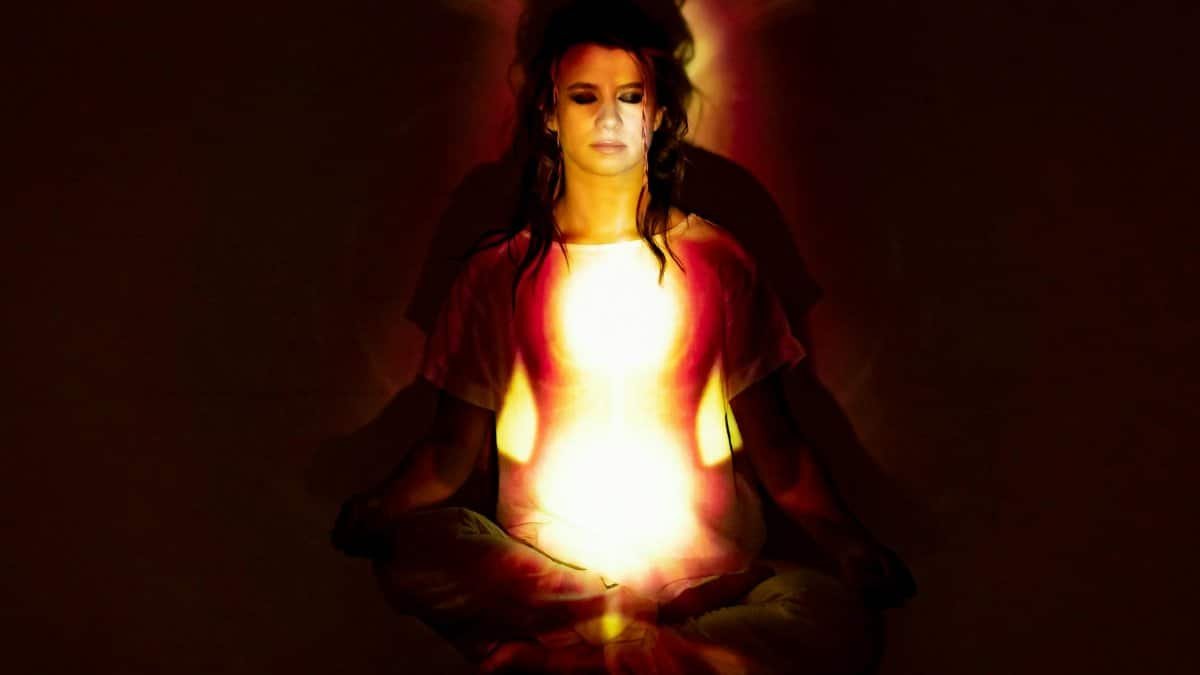In the hustle of New York City, where stress levels are skyrocketing, could energy harmony flow be the game-changer for frazzled residents? This emerging practice promises to realign personal energies, easing tension and boosting resilience. As more New Yorkers turn to holistic methods amid rising burnout rates, experts say it’s gaining traction. But does it deliver real results, or is it just another wellness fad? Early adopters report calmer days and better focus, sparking interest across the city.
What Is Energy Harmony Flow?
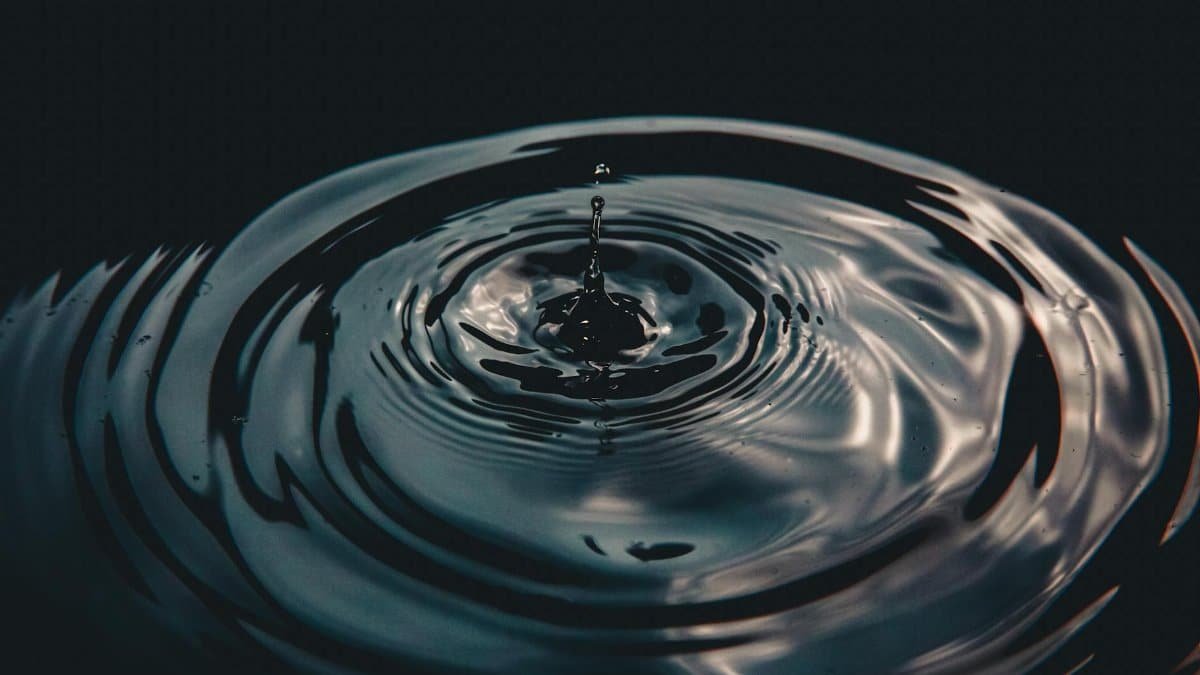
Energy harmony flow refers to techniques that balance the body’s subtle energies, drawing from ancient traditions like acupuncture and modern mindfulness. Practitioners believe blockages in energy pathways cause stress and emotional discord. In New York, busy professionals are using it to combat daily pressures. Sessions often involve guided breathing, visualization, and light touch to promote flow. Unlike traditional therapy, it focuses on invisible forces rather than talk. Critics question its science, but fans swear by the immediate calm it brings.
How It Tackles Stress in Urban Life
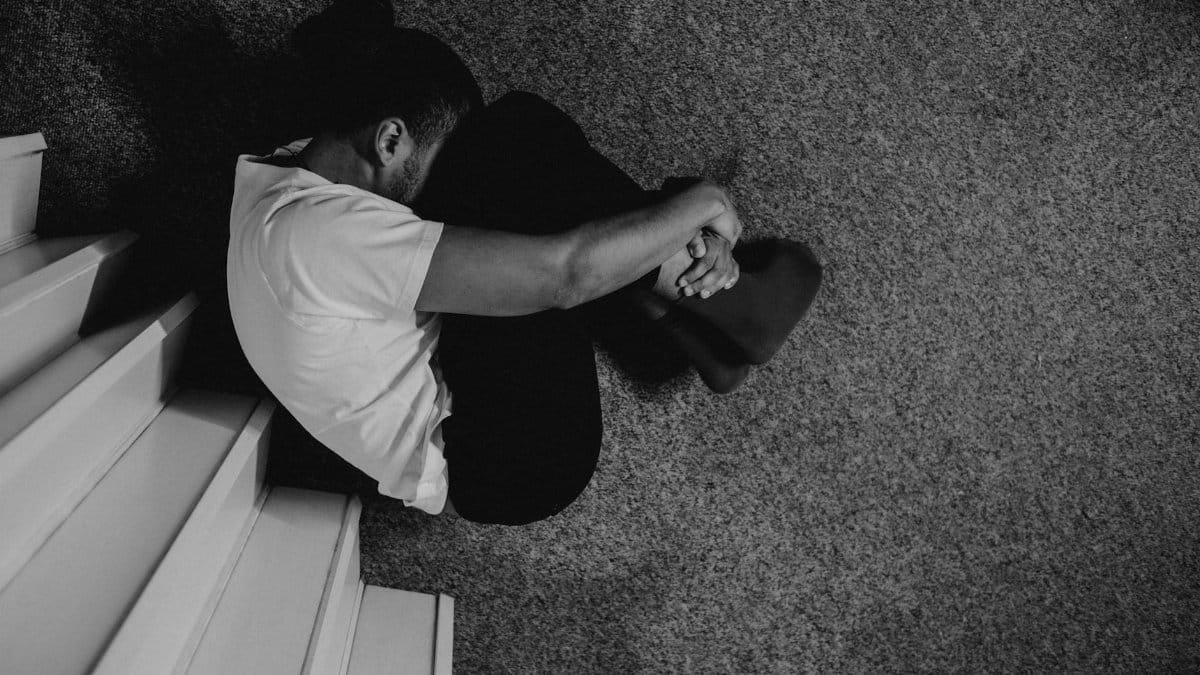
New Yorkers face endless deadlines, crowded subways, and noise that never quits. Energy harmony flow aims to reset these stressors by harmonizing internal rhythms. Users practice simple routines, like morning meditations to align chakras or evening rituals to release built-up tension. A 2025 survey from the American Psychological Association highlights how alternative therapies are helping urban dwellers cope. By fostering a sense of inner peace, it helps people navigate the city’s chaos without burning out.
Real Stories from New York Practitioners
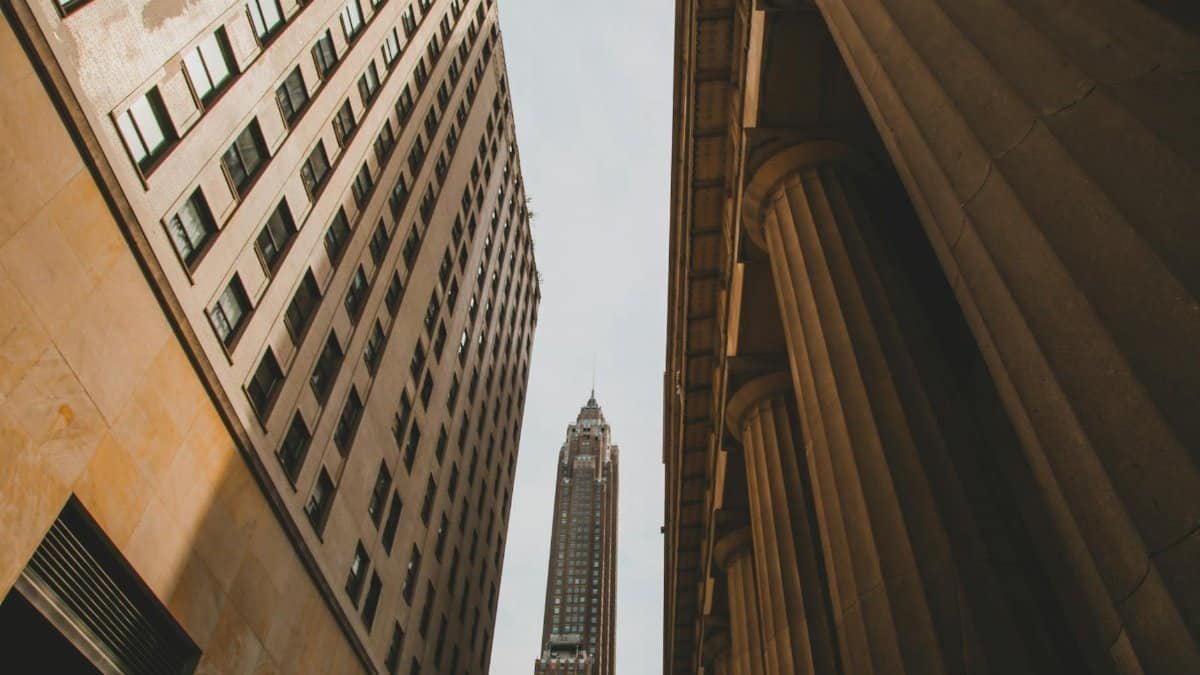
Take Mark Thompson, a Wall Street trader who started energy harmony flow after a panic attack. He credits it with sharpening his focus during market volatility. Similarly, yoga instructor Lena Ruiz in Brooklyn incorporates it into classes, seeing students leave sessions more grounded. These anecdotes reflect a growing trend in the city, where wellness centers report a 30 percent uptick in energy-based services this year. While not everyone experiences miracles, many find it a valuable tool for daily resilience.
Scientific Backing and Skepticism
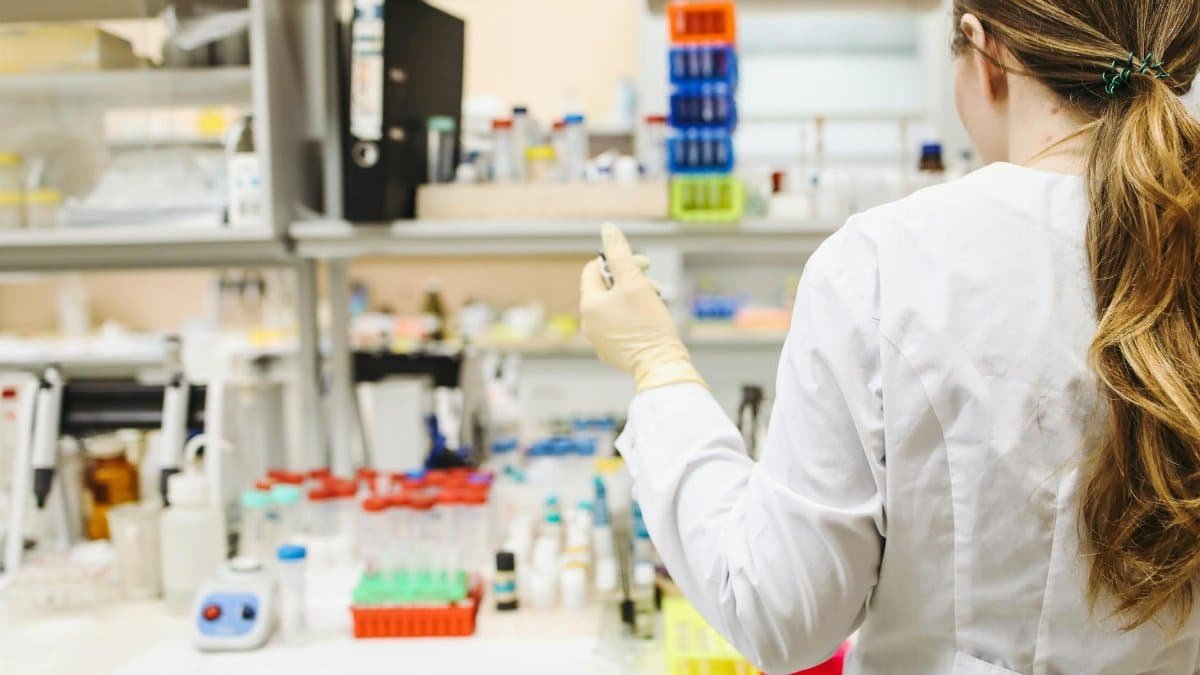
Research on energy practices is mixed, but some studies link them to reduced cortisol levels. A report from the National Institutes of Health explores how mindfulness and energy work can lower stress markers. For deeper insights, check the NCCIH on Energy Healing. Skeptics argue it’s placebo-driven, yet proponents point to biofield science emerging in 2025 studies. In New York, doctors sometimes recommend it alongside conventional treatments for holistic care.
Practical Steps to Get Started

Beginners in New York can find certified practitioners through apps or local studios in Manhattan and Queens. Start with a basic exercise: Sit quietly, breathe deeply, and visualize energy moving freely through your body. Apps like Calm offer guided sessions adapted for energy flow. Attend workshops at places like the Omega Institute, which hosts events on holistic healing. Consistency is key; aim for 10 minutes daily to notice shifts in stress levels over weeks.
Impact on Relationships and Healing

In the category of healing relationships, energy harmony flow shines by improving emotional connections. Couples in New York use joint sessions to clear misunderstandings and foster empathy. It encourages open energy exchanges, reducing conflicts born from stress. Therapists note it helps partners align their flows, leading to stronger bonds. A study from Harvard Medical School on mindfulness in relationships supports this, showing reduced arguments through better emotional regulation. For more, see Harvard Health on Mindfulness.
Challenges and Common Misconceptions

Not everyone buys into energy harmony flow right away. Common hurdles include skepticism about its intangible nature or finding time in a packed schedule. Misconceptions persist, like assuming it’s only for the spiritually inclined. In reality, it’s accessible to skeptics too, with adaptations for secular users. New York experts advise starting small to overcome doubts. Despite challenges, its low-risk approach makes it worth trying for those overwhelmed by city life.
Future Trends in New York Wellness

As 2025 unfolds, energy harmony flow is poised to integrate with tech, like VR apps for virtual energy sessions. Wellness hubs in NYC are expanding offerings, blending it with fitness classes. Public health initiatives may even promote it for community stress relief post-pandemic. With rising awareness, expect more research validating its benefits, potentially shifting how New Yorkers approach mental health in fast-paced environments.
